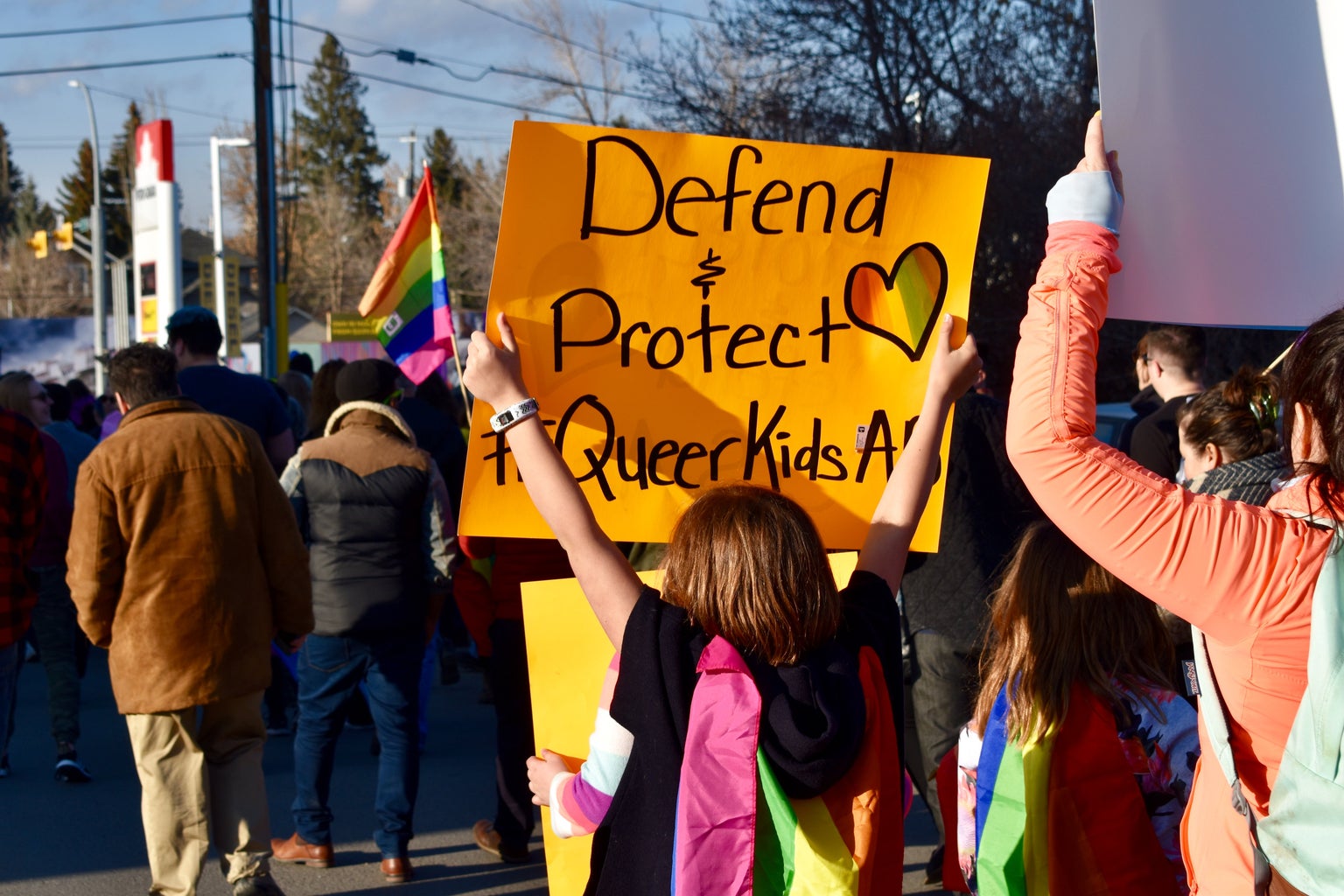Recently, a new animated Netflix movie called The Mitchells vs. The Machines came out. Despite being animated, this movie is catered to people of all ages, as it focuses on a typical family struggling to get along and deal with their eldest daughter moving off to college while simultaneously fighting off robots during the robot apocalypse. Pretty normal, right? However, there was another strong creative decision the writers and producers of this film chose to make: the main character of the film is openly queer.

Although hearing news about this movie on social media excited me, I can’t say the same for everyone else. While trying to pick a movie to watch with my parents one night, The Mitchells vs. The Machines came up while we were scrolling through Netflix, and my dad made a joke about how it would be perfect for my mom to watch because she just loves animated movies (she doesn’t actually). When I realized what movie he was talking about, I excitedly told him, “This movie has an openly queer character as one of the leads!” After a few more comments, he said something along the lines of “Why would they want little kids to see that?” and I immediately counter-acted with “But what about the other animated films I watched growing up where the happy straight couple gets together with a true love’s kiss at the end?”
You see, my dad isn’t homophobic. He has just adapted to the stereotypes of heteronormativity. He sees an issue with showing young kids queer relationships, but not with showing them straight relationships. He thinks they’re too young to see two girls or two guys kiss, but not a girl and a guy. My dad is not unique in this way because many adults often share this opinion. I strongly believe this stems from how normalized being straight is, so much to the point that you’re assumed to be straight unless you “come out” as something else. But why is that? Why is one sexuality more “normal” than another? Who decides what is normal and what isn’t?

In a generation where our parents came from stricter ideologies and more conservative opinions, there is a strong reliance on media and the internet to teach and show us different perspectives of the world. While the media can be harmful and inaccurately portray LGBTQ+ culture, when used correctly, it can be a great resource for helping kids discover themselves instead of being forced into a heteronormative lifestyle. Showing kids there is more to life than just being straight or cisgender from a young age can encourage them to be more inclusive and understanding as they grow older, as well as lead them to embrace their true selves. Using subtle implications in children’s television and movies without making a big deal of it is a great start to that encouragement.


